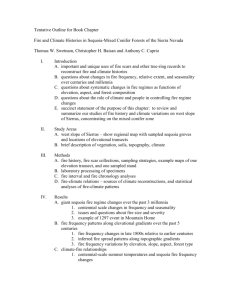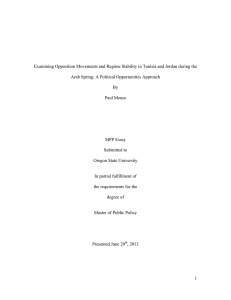“The Influence of Domestic and International Politics on the
advertisement
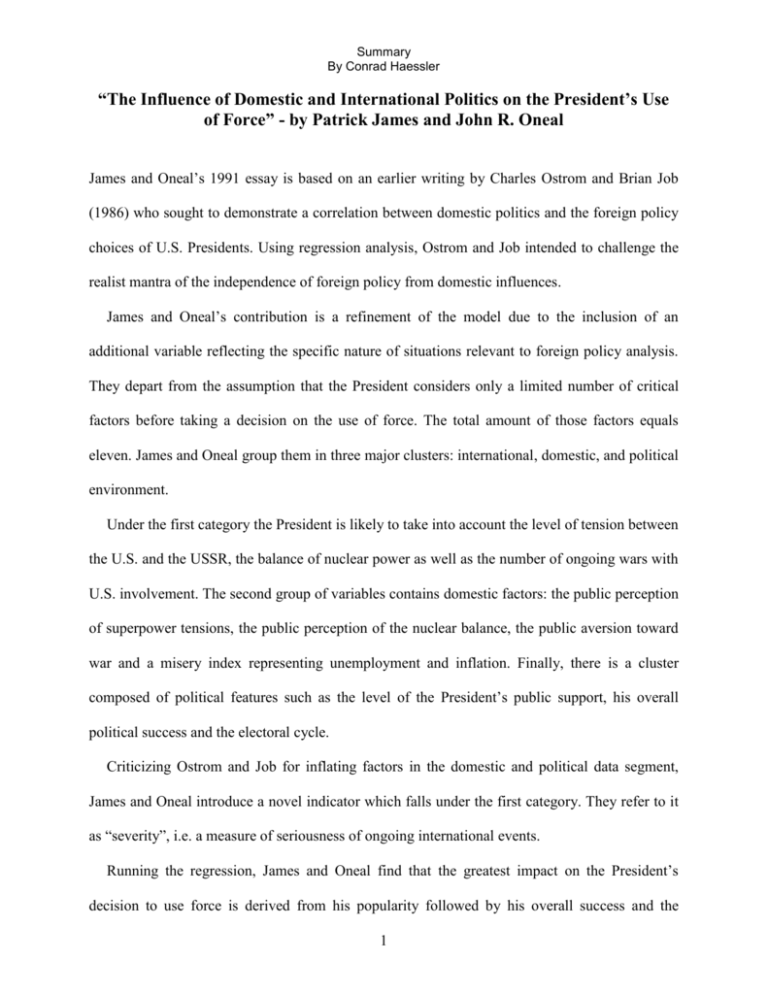
Summary By Conrad Haessler “The Influence of Domestic and International Politics on the President’s Use of Force” - by Patrick James and John R. Oneal James and Oneal’s 1991 essay is based on an earlier writing by Charles Ostrom and Brian Job (1986) who sought to demonstrate a correlation between domestic politics and the foreign policy choices of U.S. Presidents. Using regression analysis, Ostrom and Job intended to challenge the realist mantra of the independence of foreign policy from domestic influences. James and Oneal’s contribution is a refinement of the model due to the inclusion of an additional variable reflecting the specific nature of situations relevant to foreign policy analysis. They depart from the assumption that the President considers only a limited number of critical factors before taking a decision on the use of force. The total amount of those factors equals eleven. James and Oneal group them in three major clusters: international, domestic, and political environment. Under the first category the President is likely to take into account the level of tension between the U.S. and the USSR, the balance of nuclear power as well as the number of ongoing wars with U.S. involvement. The second group of variables contains domestic factors: the public perception of superpower tensions, the public perception of the nuclear balance, the public aversion toward war and a misery index representing unemployment and inflation. Finally, there is a cluster composed of political features such as the level of the President’s public support, his overall political success and the electoral cycle. Criticizing Ostrom and Job for inflating factors in the domestic and political data segment, James and Oneal introduce a novel indicator which falls under the first category. They refer to it as “severity”, i.e. a measure of seriousness of ongoing international events. Running the regression, James and Oneal find that the greatest impact on the President’s decision to use force is derived from his popularity followed by his overall success and the 1 Summary By Conrad Haessler misery index – all factors which belong to the political and domestic category. Their severity indicator proves to have a bigger effect than Ostrom and Job’s variables describing the international environment, yet, it is inferior to the ones just mentioned. In terms of contributions to foreign policy analysis, this article can be regarded as very relevant. It successfully challenges the rational actor approach propounded by the realist school while presenting a new cybernetic model of decision making. At the same time it valorizes the state-level of analysis due to the importance of values from inside the black box. Rather troubling are the ethical implications of this study. Those in power and responsible for weapons of unprecedented destructiveness might be motivated to use force primarily by the hope of partisan gain. “Political Opposition and Foreign Policy in Comparative Perspective” – by Joe D. Hagan The central idea of Hagan’s book is to show the influence of domestic opposition on the foreign policy of the ruling regime. Not only does the author compare the emergence of foreign policy decisions in different non-U.S. settings, i.e. in Western parliamentary democracies, authoritarian systems or third world polities, he also distinguishes between various forms of opposition, such as resistance from within the regime or opposition operating outside the regime. At the heart of Hagan’s argument for the usefulness of a comparative approach in foreign policy analysis is his attempt to conceptualize political opposition and its cross-national linkage to foreign policy as presented in chapter three of his book. He examines three variables: the degree of regime fragmentation, opposition from outside the government and the general political context. Let us turn to the first scenario. 2 Summary By Conrad Haessler Hagan measures the fragmentation of a regime along several indicators. First, he considers the group composition of the ruling regime, determining whether a government consists of a cohesive single party, a factionalized single party or a coalition of multiple groups. Canada and Britain are examples for the first, Japan and the fragmented liberal democratic party fits well into the second, while France and Italy represent the third category. The significance of regime fragmentation lies in the fact that it encompasses the opposition most immediate to the policy maker. Hence, the greater the internal division of a government, the greater the constraints on foreign policy decisions. Apart from those groupings, Hagan adds two more variables to the scenario: the presence of a predominant political actor and the extent of polarization over foreign policy issues. The absence of a predominant leader combined with sharp polarization is bound to enhance the constraints inherent in the political division of a regime. The opposite outcome applies to cases where there is a dominant political actor and only little polarization as was true for De Gaulle’s leadership in the 1960s. The second scenario looks into the possibility of opposition from outside the government. Four types of resistance are feasible: dissenting actors in the regime’s ruling group, other political parties, military and paramilitary factions and regionally based actors. Their influence is gauged by the strength and intensity of their political struggle. The third set of political phenomena reflect aspects of the political context, namely institutionalization and vulnerability. Well institutionalized regimes receive wider acceptance and are consequently less prone to opposition. Regime vulnerability depends on the internal stability of arrangements within the regime as well as on the historical competitiveness of the political system. A polity with quickly changing governments such as Italy is a good example for a high vulnerability. 3


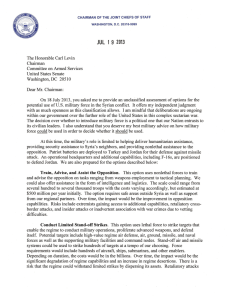
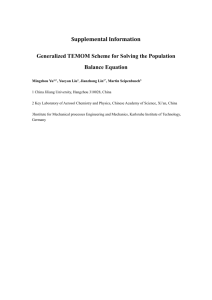

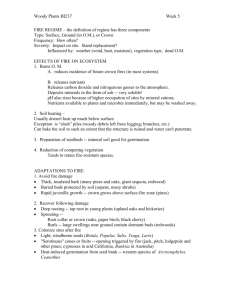
![Understanding barriers to transition in the MLP [PPT 1.19MB]](http://s2.studylib.net/store/data/005544558_1-6334f4f216c9ca191524b6f6ed43b6e2-300x300.png)
